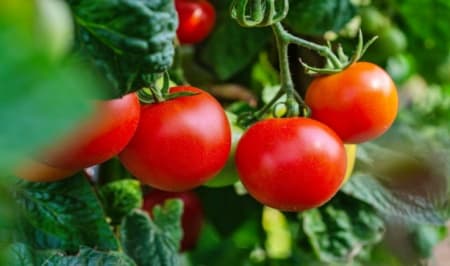
Agriculture in the region of Murcia
Nestled in the centre of the sunny southeast of Spain, the region of Murcia comprises lands irrigated with the crystal clear waters of the Segura river and its seepage from the Contraparada dam.
Agriculture represents a strategic sector of great importance for the regional economy of Murcia, reflected in the production value of the agricultural branch, with the final production of fruit and vegetables amounting to 1,440 million euros. Also, the percentage of workers is close to 10 percent of the regional active population.
Of the total area of the region, at least 566,623 hectares are dedicated to farmland, of which 67 percent are exploited as dry land, while the remaining 33 percent is used as irrigated land.
Not in vain, this region of the Iberian Peninsula and its rich orchard are considered one of the most fertile and prosperous lands in all of Spain, giving rise to an agricultural industry based on quality, environmental balance and investment to guarantee the viability of the new crops planted, as well as the profitability of traditional ones.
Results of the agricultural industry
The result of this agricultural industry is a wide range of fruit and vegetable products that enjoy a solid position and great prestige in national and international markets.
Many of them shine with their own light and are renowned for their exceptional characteristics and excellent quality, such as Jumilla pears, Calasparra rice or Cieza's sweet early peaches.
Other clear examples of this are the leafy table grapes from Blanca, the appreciated melon from Torre Pacheco, the freshness of the lemons from Santomera, the delicious and fruity wines from the denominations of origin of Yecla, Bullas and Jumilla, the russet tomatoes from Mazarron and the paprika of Murcia.
Other clear examples of this are the leafy table grapes from Blanca, the appreciated melon from Torre Pacheco, the freshness of the lemons from Santomera, the delicious and fruity wines from the denominations of origin of Yecla, Bullas and Jumilla, the russet tomatoes from Mazarron and the paprika of Murcia.
Main crops
Among the crops with the greatest economic impact and cultivated area within the region of Murcia, the production of peaches stands out, with the Gold 6, Andross, Catherina, Carson, Baby and Sudanel varieties being some of the most appreciated by consumers.The melon is another of the most important and typical agri-food products of the municipality of Torre Pacheco, with 220,000 tons and a national market share of 15 percent. Among its varieties, the yellow melon, the Galia, the so-called Piel de Sapo and the cantaloupe stand out.
Also, the exploitation of the olive trees that are traditionally settled in the municipalities of Jumilla, Moratalla, and the upper part of Lorca, Abanilla and Cieza, with a total of 23,000 hectares of cultivation area, is important.
Totana is a land par excellence for the well-known bell pepper, which has its own denomination of origin. This product with a sweet taste, penetrating smell and colouring power is one of the most demanded in the world. Every year, among all varieties, some 160,000 tons are cultivated.

However, if we talk about the star product, we must refer to the tomato, which is the main crop in the municipality of Mazarron. Its final destination is the European market, specifically the English market, where more than 60 percent of the total crop of annual production is sold, exceeding 320,000 tons.
Finally, we must mention other essential products such as lemon, broccoli, lettuce, vines (with their production of more than 46,000 hectares) and barley, among others.
Finally, we must mention other essential products such as lemon, broccoli, lettuce, vines (with their production of more than 46,000 hectares) and barley, among others.









